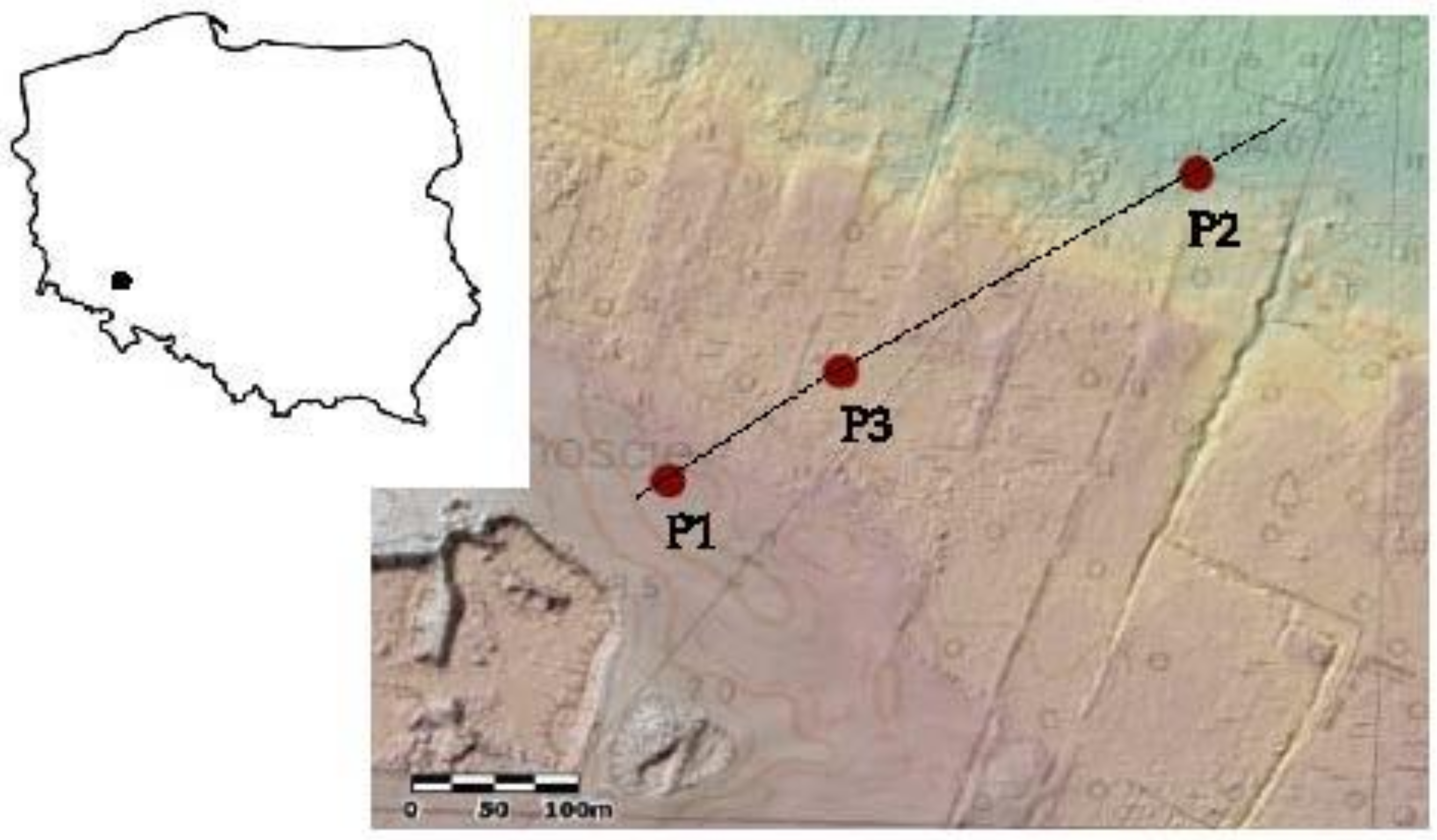
I believe this division, although crude, is interesting because it forms an analogy with the modern distinction between the Indo-Europeans (IEs) of the ‘North’, versus the non- IEs of the ‘South.’ However Strabo’s approach may be found to be more clarifying with respect to the formation of the first languages- such as Greek, Latin, and perhaps the so called Luwian languages of Asia Minor (Lycian, Lydian, Carian, and so on)- because of both its simplicity and its proximity to the spoken languages of the time.

In the South there are the Indians, the Egyptians and Mesopotamians, the Ethiopians and the rest of the Libyans (Africans), the ‘dark’ peoples. This is interesting because it creates a very distinct line between two worlds, that of the ‘North’ and that of the ‘South.’ In the North there are Parthians and Scythians, Thracians and Phrygians, and the Celts of Europe, all the ‘white’ tribes. We need not comment on the poor knowledge of the world at that time, except perhaps note the characteristic peculiarity of the Taurus mountain range which is depicted on the map stretching from Asia Minor to the extremities of the then known world in Asia. The previous map was handed down to Strabo from previous geographers, such as Eratosthenes or Hecataeus. With the exception of a few missing parts, it has come down to us complete. He started writing his Geography (Geographica) about 20 BCE and went on reediting it till his death. Strabo (64 or 63 BCE- 24 CE) was born in Amasya, Pontus, in North Asia Minor (modern Turkey).

4.4 Toponyms considered ‘classically’ GreekĤ.12 A Northern (IE) origin of Greek religion


 0 kommentar(er)
0 kommentar(er)
